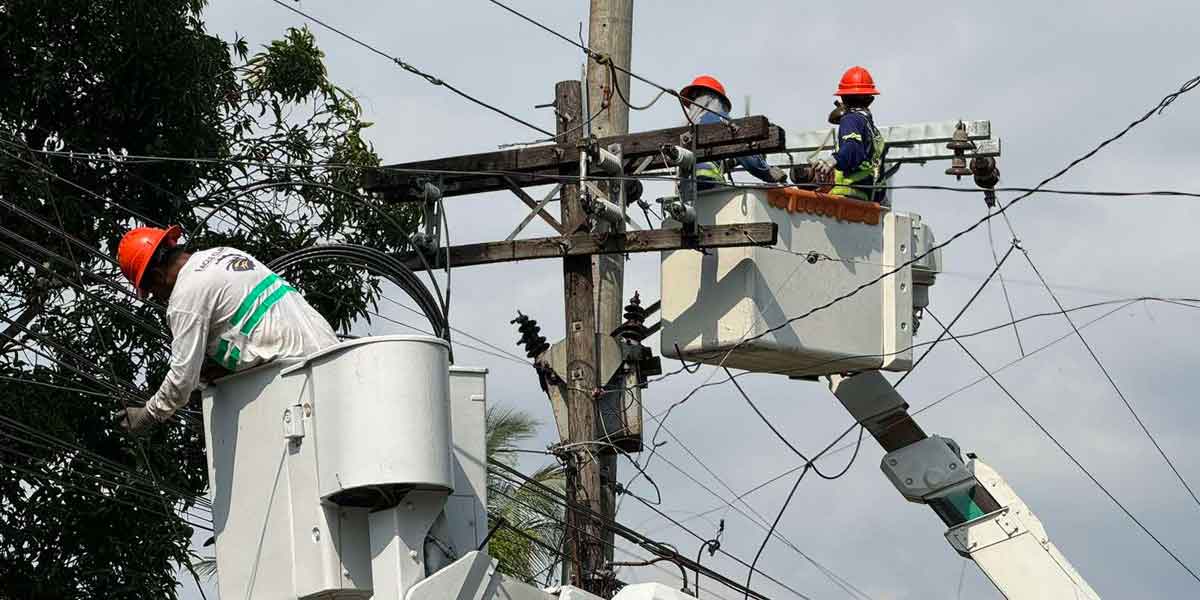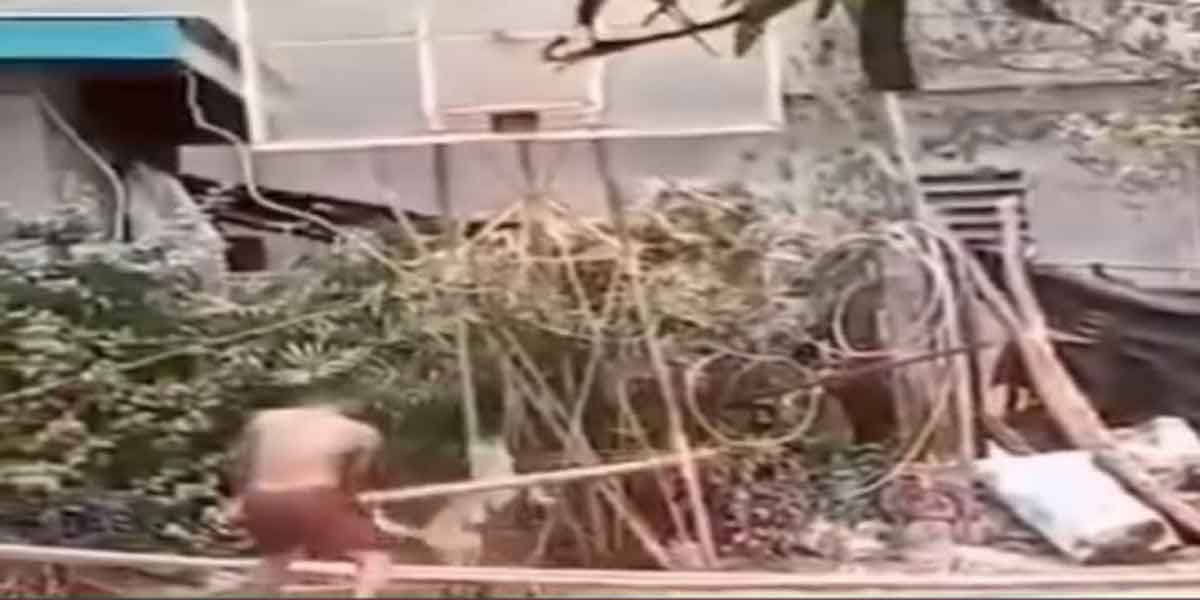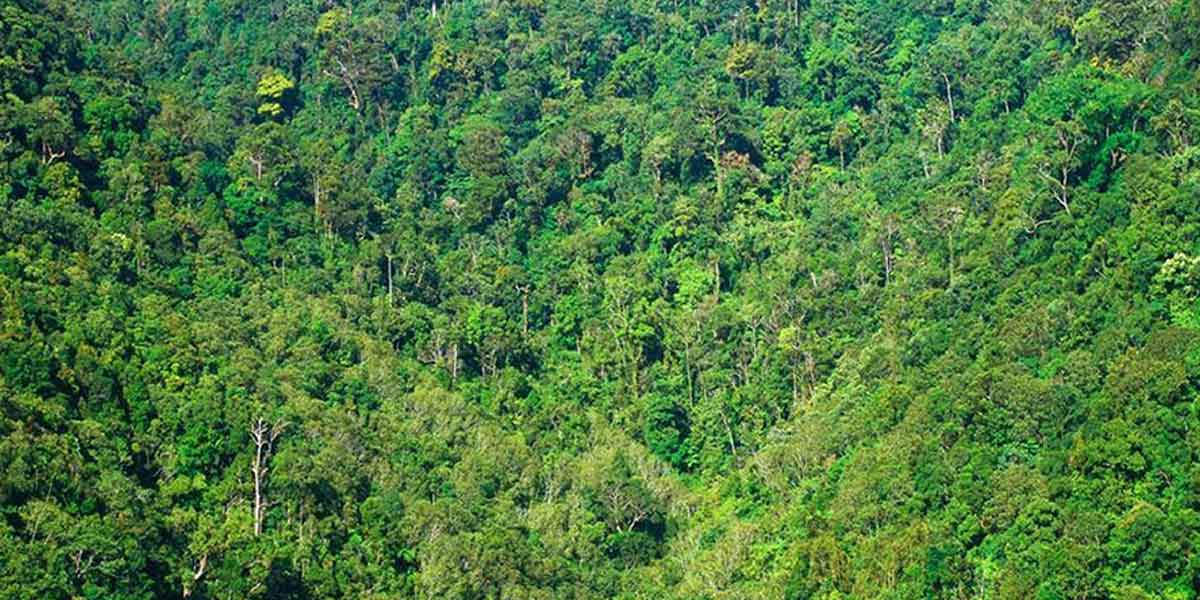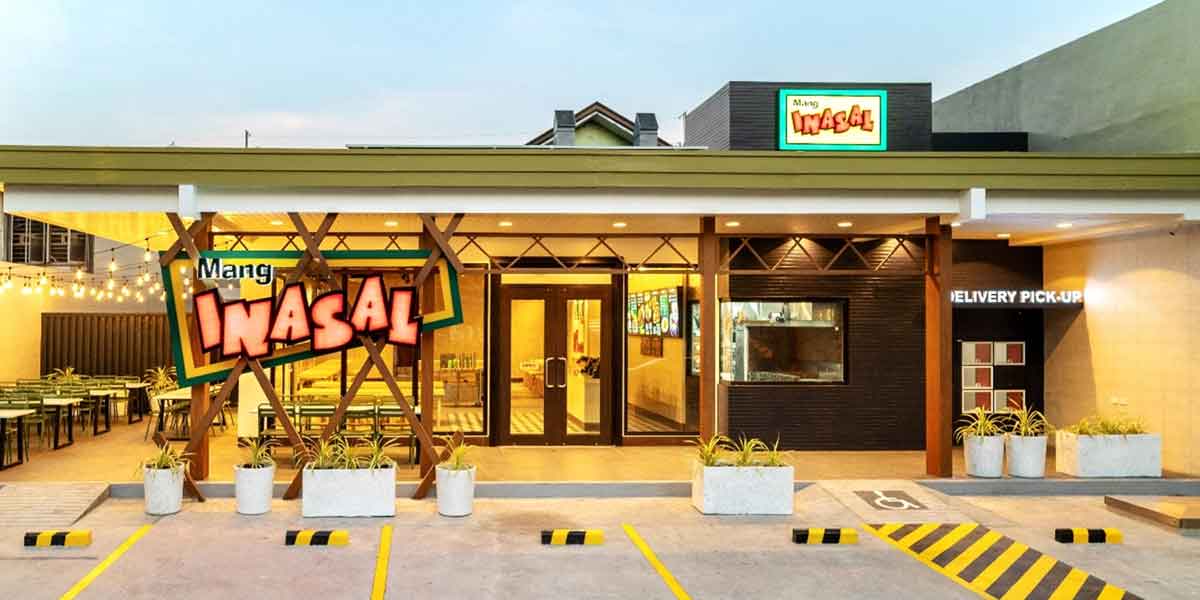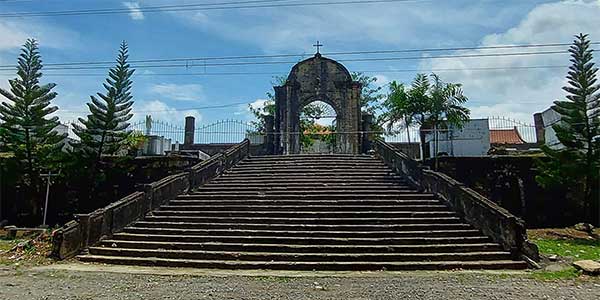
By Joseph Bernard A. Marzan
A committee of the House of Representatives on Monday, May 6, approved a bill that would see the catholic cemetery in Janiuay, Iloilo, become designated as a National Cultural Treasure (NCT).
The Committee on Basic Education and Culture approved House Bill No. 7481 (Janiuay Public Cemetery Cultural Act), filed on September 14, 2022 by Iloilo 3rd district Representative Lorenz Defensor, which would declare the Janiuay Public Cemetery as one of the country’s NCTs.
Section 3(bb) of Republic Act No. 10066 defines an NCT as “a unique cultural property found locally, possessing outstanding historical, cultural, artistic and/or scientific value which is highly significant and important to the country and nation, and officially declared as such by pertinent cultural agency.”
Section 7 of the same law states that an NCT enjoys privileges including priority government funding, incentives for private support and conservation, an official heritage marker, and priority government protection in times of armed conflict or natural disasters and from modification or demolition resulting from government projects.
The bill’s text also mandates the Department of Tourism, the National Commission for Culture and the Arts, and affiliated cultural agencies to immediately prepare the development plan involving the cemetery’s preservation, conservation, restoration, and maintenance, in coordination with the provincial and municipal governments.
If passed into law, it will become Iloilo’s third NCT, after the Santo Tomas de Villanueva Parish in Miagao and the San Joaquin Church and Camposant in San Joaquin.
Defensor told Daily Guardian that aside from what would be provided to the cemetery if it would eventually be designated as an NCT, the National Museum of the Philippines has already earmarked P20 million for initial restoration work of this and the Cabatuan Public Cemetery.
“The [National Museum’s] team had arrived to survey [the Cabatuan and Janiuay cemeteries] because there is already funding. They have studied these [cemeteries] already so we can probably already start [the restoration works],” Defensor said via phone interview.
He said that it was important for the government to preserve the cemeteries as they were reminders of the Spanish era, and likewise for the public’s greater appreciation in the future.
“It’s a good experience for the next generation to see our history that they can stand on. They can walk around it, they can appreciate it, and at the same time for the municipalities of Janiuay and Cabatuan, these can be good cultural tourism sites,” he said.
House Bill No. 4781 now heads to the House floor for the second reading, where it will be available for the chamber to debate on it and possibly propose amendments.
The lawmaker said that he hopes to have it approved by the full House of Representatives when it reopens in July, and that he will be filing a similar bill to designate the Cabatuan Public Cemetery as an NCT.
The Janiuay Public Cemetery was constructed between 1874 to 1884 under Augustinian friar Fernando Llorente, and is considered as one of the country’s most artistic cemeteries, with known features including three grand staircases, an octagonal chapel (‘capilla’), and lancet-shaped doors and windows, among others.

